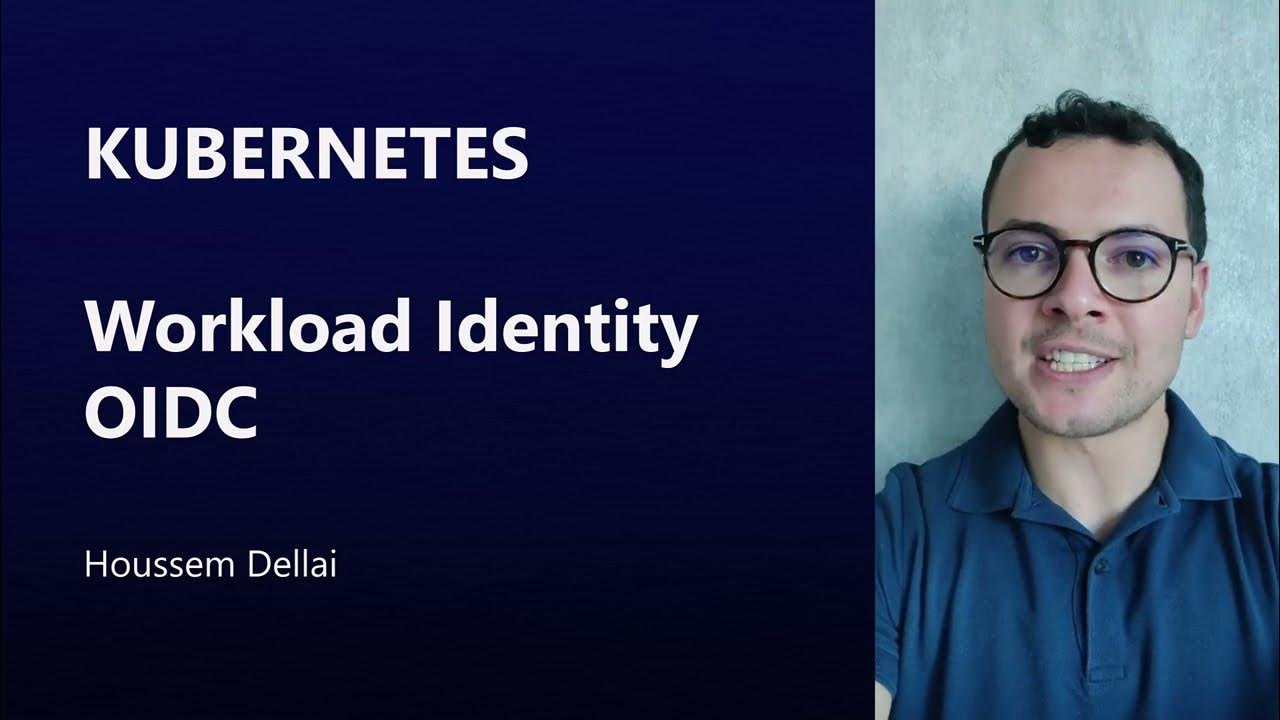DICAS E TRUQUES #22 - CONHECENDO O PROJETO AZ KUNG FU TOOLKIT
Summary
TLDRThis video introduces the Azure Kung Fu Toolkit, a collection of practical scripts designed to enhance productivity when managing Azure through the command line. The toolkit, created by Chris Pittman, offers examples that simplify tasks such as creating, managing, and automating Azure resources. The video guides viewers on how to clone the repository, use Visual Studio Code, and run scripts efficiently. The presenter also highlights the importance of automation in Azure DevOps and encourages viewers to explore the repository for daily use, as well as contribute to its development.
Takeaways
- 🔧 The tool is highly beneficial for those who operate Egeu frequently and need to configure it using Exu for increased productivity.
- 💻 It facilitates task automation through command lines and pre-prepared scripts, making operations more efficient.
- 🛠️ The Egeu Comfort Kit is a toolkit with scripts and practical examples, designed to help users work with Egeu commands more easily.
- 👨💻 The project was created by Chris Pitman, who also runs a blog with valuable content on Egeu. Users are encouraged to check it out.
- 📦 The toolkit can be cloned from a Git repository or downloaded as a zip file, making it accessible for users.
- ⚙️ The VS Code editor, with the Egeu extension installed, is recommended for working with these scripts, offering features like IntelliSense and snippets.
- 📁 The toolkit includes a variety of scripts for managing different Egeu resources, such as stopping virtual machines or creating multiple resource groups.
- 🚀 Users can automate their workflows by utilizing these scripts, which are designed to simplify command-line operations in Egeu.
- 📑 The toolkit is open-source, allowing users to contribute by adding new scripts or improving existing ones.
- 🔍 The toolkit also serves as a reference for understanding and using Egeu commands, making it easier for users to execute tasks efficiently.
Q & A
What is the purpose of the 'az kung fu toolkit' mentioned in the script?
-The 'az kung fu toolkit' is a collection of scripts and practical examples designed to help users automate tasks and manage Azure resources more efficiently using command-line operations.
Who created the 'az kung fu toolkit' and where can more information be found?
-The toolkit was created by Chris Pietschmann, who is also the founder of the blog Build5Nines.com, where users can find more information and resources related to Azure.
Why is Visual Studio Code (VS Code) recommended for working with the 'az kung fu toolkit'?
-VS Code is recommended because it has an extension called 'Azure CLI Tools' that provides IntelliSense and snippets, making it easier to work with Azure CLI commands within the editor.
How can users obtain the 'az kung fu toolkit'?
-Users can obtain the toolkit by cloning the repository from GitHub using the provided URL, or by downloading the repository as a ZIP file.
What is the first step required before executing scripts from the 'az kung fu toolkit'?
-The first step is to log in to Azure using the Azure CLI command 'az login', which allows the user to authenticate and connect their account to Azure.
What kind of automation does the 'az kung fu toolkit' facilitate?
-The toolkit facilitates automation of tasks such as stopping virtual machines, creating multiple resource groups, and listing all VMs within a subscription, by providing pre-built scripts.
How does the 'az kung fu toolkit' assist with understanding Azure CLI commands?
-The toolkit includes various script examples, making it easier for users to understand how to use specific Azure CLI commands and parameters in practical scenarios.
Can users contribute to the 'az kung fu toolkit' repository?
-Yes, users are encouraged to contribute by adding new scripts or making improvements. They can do this by submitting a pull request to the GitHub repository.
What output formats are available when listing VMs using the 'az kung fu toolkit'?
-When listing VMs, the output can be formatted as JSON, JSONC (colorized JSON), or a table, depending on the user's preference.
How does the 'az kung fu toolkit' support users in the day-to-day management of Azure resources?
-The toolkit acts as a Swiss Army knife for Azure management, providing ready-to-use scripts that save time and reduce the complexity of performing common tasks like creating VMs, managing resource groups, and logging into Azure.
Outlines

此内容仅限付费用户访问。 请升级后访问。
立即升级Mindmap

此内容仅限付费用户访问。 请升级后访问。
立即升级Keywords

此内容仅限付费用户访问。 请升级后访问。
立即升级Highlights

此内容仅限付费用户访问。 请升级后访问。
立即升级Transcripts

此内容仅限付费用户访问。 请升级后访问。
立即升级浏览更多相关视频

How to run jobs at scale with Azure Batch | Azure Tips and Tricks

Complete Azure Data Factory CI/CD Process (DEV/UAT/PROD) with Azure Pipelines

AZ-900 Episode 11 | Azure Storage Services | Blob, Queue, Table, Files, Disk and Storage Tiers

[Azure Descomplicado] - Como Validar JWT com Roles em Azure API Management e Azure AD

Workload Identity (OIDC) for AKS

Azure Mini / Sample Project | Development of Azure Project with hands-on experience. Learn in lab.
5.0 / 5 (0 votes)
